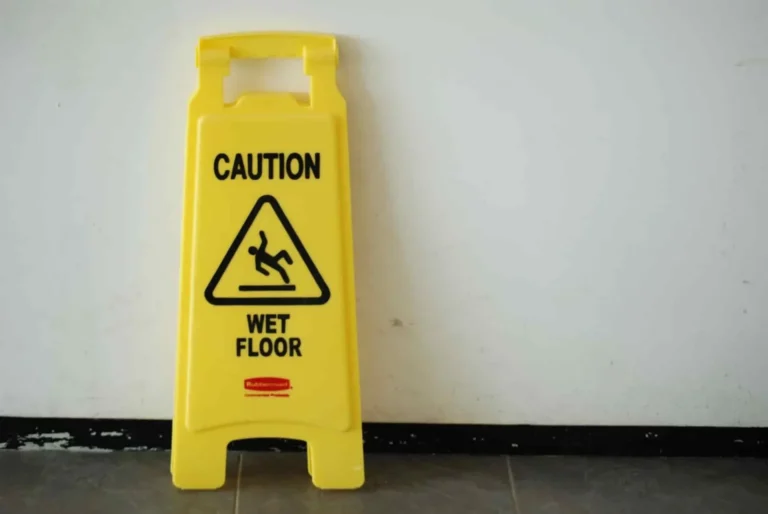The Role of Surveillance Footage in Slip and Fall Cases in West Palm Beach

Surveillance footage can play a pivotal role in slip and fall cases, especially in West Palm Beach, where businesses and properties often have security cameras installed. This evidence can significantly influence the outcome of a personal injury claim. Understanding how surveillance footage affects slip and fall cases can help victims and their legal representatives build stronger cases.
The Significance of Surveillance Footage
In slip and fall cases, surveillance footage serves as a crucial piece of evidence. It can provide a clear, objective view of the incident, capturing details that might be missed in witness statements or personal accounts. Here’s how it impacts slip and fall claims:
- Establishing Liability: Surveillance footage can show whether a hazardous condition was present at the time of the accident. For example, if a spill on a store floor caused the fall, footage can confirm if the spill was noticeable and whether any safety measures were taken to address it.
- Documenting the Incident: Footage can provide an accurate account of how the fall occurred, including the sequence of events leading up to the accident. This can be critical in proving that the property owner’s negligence directly caused the injury.
- Refuting or Supporting Claims: Surveillance video can either support or refute claims made by either party. For instance, it can confirm or disprove allegations of contributory negligence, where the injured party may be partially at fault.
How to Obtain Surveillance Footage
- Requesting Footage: After a slip and fall accident, it’s essential to act quickly. Requesting surveillance footage from the property owner or manager should be done as soon as possible. In West Palm Beach, property owners are not obligated to keep footage indefinitely, so prompt action is necessary.
- Preserving Evidence: Once obtained, the footage should be preserved and copied. Altering or losing the original footage can undermine the integrity of the evidence.
- Legal Process: If the property owner or manager does not cooperate in providing the footage, legal action may be required. Your attorney can file a motion for evidence preservation or subpoena the footage if necessary.
The Role of Surveillance Footage in Legal Proceedings
- Evidence in Court: During a trial, surveillance footage can be presented to the court as evidence. It provides a visual account that can help clarify the circumstances of the fall and the property’s condition.
- Settlement Negotiations: Surveillance footage can also play a key role in settlement negotiations. A clear video can strengthen the claimant’s position, leading to more favorable settlement terms.
- Expert Testimony: In some cases, expert testimony may be needed to interpret the footage and explain its relevance to the case. This can help the court understand how the footage supports the claim.
Challenges with Surveillance Footage
- Footage Quality: The quality of surveillance footage can vary, affecting its usefulness. Poor quality or unclear footage may not provide a definitive account of the incident.
- Incomplete Coverage: Sometimes, cameras may not cover all relevant areas. For instance, if a camera is positioned too far from the accident site, it might not capture crucial details.
- Tampering or Loss: Surveillance footage can be tampered with or lost, potentially impacting its reliability as evidence. Ensuring the footage remains intact is vital for maintaining its credibility.
Conclusion
Surveillance footage can be a powerful tool in slip and fall cases in West Palm Beach, offering clear evidence of the incident and conditions at the time. Acting quickly to obtain and preserve this footage is crucial for building a strong case. By understanding the role of surveillance footage and working with an experienced personal injury attorney, victims can enhance their chances of securing the compensation they deserve.

 Call Us Today - It's Free
Call Us Today - It's Free